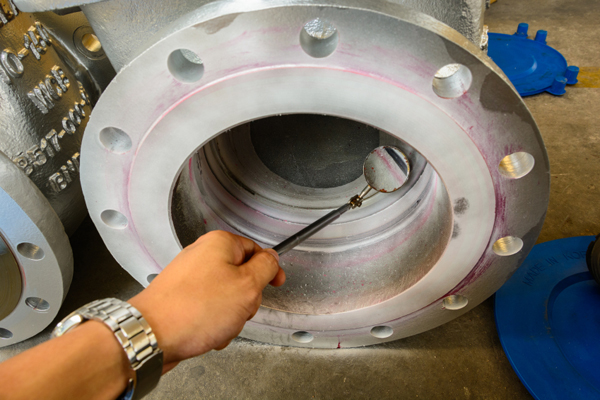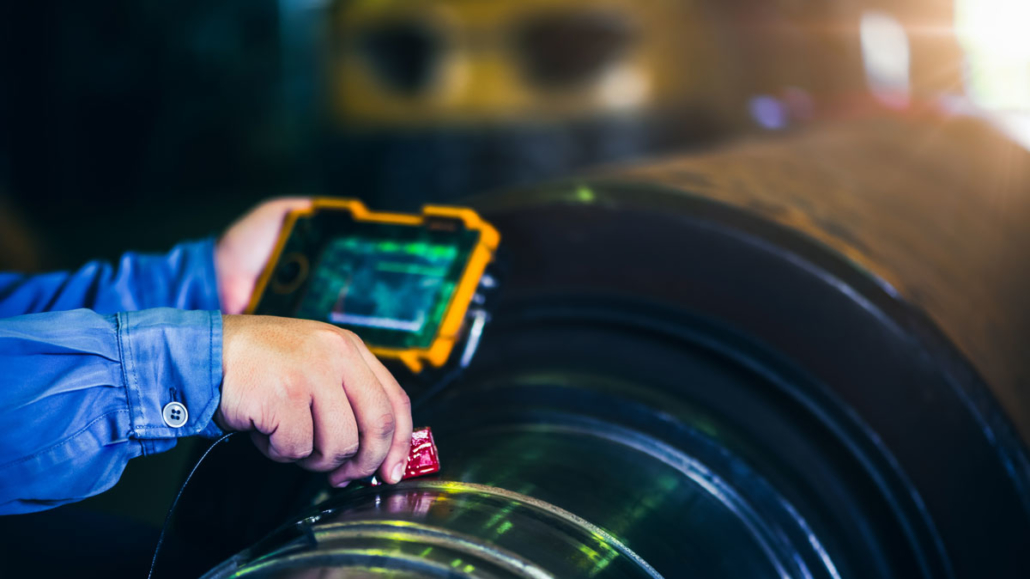The Important Sorts Of Welding Providers Every Industry Must Understand About
In the large landscape of industrial operations, the value of welding services can not be understated. Welding is a basic procedure that joins products with each other, guaranteeing architectural stability and functionality throughout numerous industries. Understanding the essential types of welding services that deal with certain market requirements is critical for optimum performance and safety and security. From the conventional yet trustworthy arc welding to the precision of laser beam welding, each technique uses distinct advantages and applications that drive the efficiency and top quality of manufacturing. As sectors require and progress for innovative remedies grows, being fluent in these welding techniques is not just advantageous but important for remaining affordable and meeting sector standards.
Arc Welding
Arc welding is an extensively utilized welding procedure that makes use of an electric arc to sign up with metal elements with each other. The procedure entails producing an electric arc between the base steel and a palatable electrode, generally made of a similar product.
Among the essential benefits of arc welding is its capability to bond a variety of steels and alloys, making it suitable for diverse applications. Furthermore, arc welding can be executed utilizing various variants, such as secured steel arc welding (SMAW), gas steel arc welding (GMAW), and flux-cored arc welding (FCAW), each offering specific advantages relying on the project needs.
In addition, arc welding is recognized for its simpleness and cost-effectiveness, making it a recommended selection for several fabricators and producers. By mastering the various methods and devices connected with arc welding, experts can produce high-quality welds effectively and accurately.
Gas Metal Arc Welding (GMAW)

Among the key benefits of GMAW is its capability to produce tidy welds with marginal splatter, making it appropriate for applications that call for a high level of accuracy. Additionally, GMAW is relatively very easy to learn and can be automated for enhanced performance in commercial setups. With appropriate strategy and devices arrangement, GMAW can produce strong, high-grade welds that meet industry requirements. In general, GMAW is a versatile welding process that uses efficiency, adaptability, and integrity for a variety of welding applications across different sectors.
Gas Tungsten Arc Welding (GTAW)
Gas Steel Arc Welding (GMAW) uses extraordinary welding performance, and likewise, Gas Tungsten Arc Welding (GTAW) brings a different set of benefits to the table in the world of welding solutions (Welding Inspection Service). GTAW, additionally referred to as Tungsten Inert Gas (TIG) welding, is a flexible and high-quality welding process frequently utilized in industries such as aerospace, auto, and production

Among the essential advantages of GTAW is its ability to create high-grade, exact welds on a variety of metals, consisting of aluminum, stainless-steel, and copper alloys. This process permits for greater control over the welding arc, causing clean, spatter-free welds with marginal post-weld cleaning called for.
GTAW is likewise favored for its capability to weld thin materials without causing warping or distortion, making it optimal for applications where aesthetic appeals and precision are crucial. In addition, the TIG welding process can be utilized with or without filler steel, supplying versatility in welding various joint types and thicknesses.

Resistance Welding
A widely made use of welding approach in different markets due to its efficiency and performance is Resistance Welding. There are several types of resistance welding, consisting of place welding, seam look at more info welding, and projection welding, each suited for certain applications.
Area welding is frequently utilized in the automobile industry for signing up with sheet steel elements. It entails applying two copper electrodes to the steel pieces and passing a high existing for a brief period. Seam welding, on the various other hand, is excellent for producing continual joints, such as in the construction of steel containers or pipelines. Forecast more welding appropriates for welding nuts, screws, or other bolts onto steel parts.

Laser Light Beam Welding
Making use of an extremely concentrated laser beam to melt and sign up with metal elements, laser beam welding is a effective and exact welding technique generally employed in numerous industries. This advanced approach offers a number of advantages, consisting of marginal distortion, high welding rates, and the capability to weld products with high accuracy.
Laser beam welding works by routing a laser light beam at the work surface, which develops a molten swimming pool that merges the materials with each other upon solidification. The process is non-contact, implying there is no need for the welding device to touch the work surface, minimizing the danger of contamination or damage. Additionally, the concentrated light beam permits for deep weld penetration and slim weld joints, making it optimal for applications requiring high precision and stamina.
Industries such as automobile, aerospace, electronic devices, and medical tool manufacturing usually depend on laser light beam welding for its ability to generate top quality welds with very little heat-affected areas. As technology remains to advance, laser welding is anticipated to play an increasingly significant duty in the fabrication of elaborate parts across various fields.
Final Thought
To conclude, comprehending the vital sorts of welding services such as Arc Welding, Gas Metal Arc Welding (GMAW), Gas Tungsten Arc Welding (GTAW), Resistance Welding, and Laser Light beam Welding is vital for every single sector. Each of these methods plays an one-of-a-kind role in the production and click here for more construction processes, making certain strong and resilient links for different materials. By understanding these welding services, markets can make enlightened choices concerning which approach finest suits their certain needs.
From the standard yet trusted arc welding to the precision of laser light beam welding, each technique provides distinct benefits and applications that drive the effectiveness and high quality of manufacturing.Arc welding is an extensively utilized welding procedure that makes use of an electric arc to sign up with steel components with each other.Gas Steel Arc Welding (GMAW) is a highly efficient and commonly utilized welding process in various industries for joining steel parts together making use of a shielding gas and a palatable electrode. There are several types of resistance welding, including place welding, seam welding, and projection welding, each matched for specific applications.
In verdict, comprehending the essential kinds of welding services such as Arc Welding, Gas Metal Arc Welding (GMAW), Gas Tungsten Arc Welding (GTAW), Resistance Welding, and Laser Beam of light Welding is critical for every sector. - Welding Inspection Service